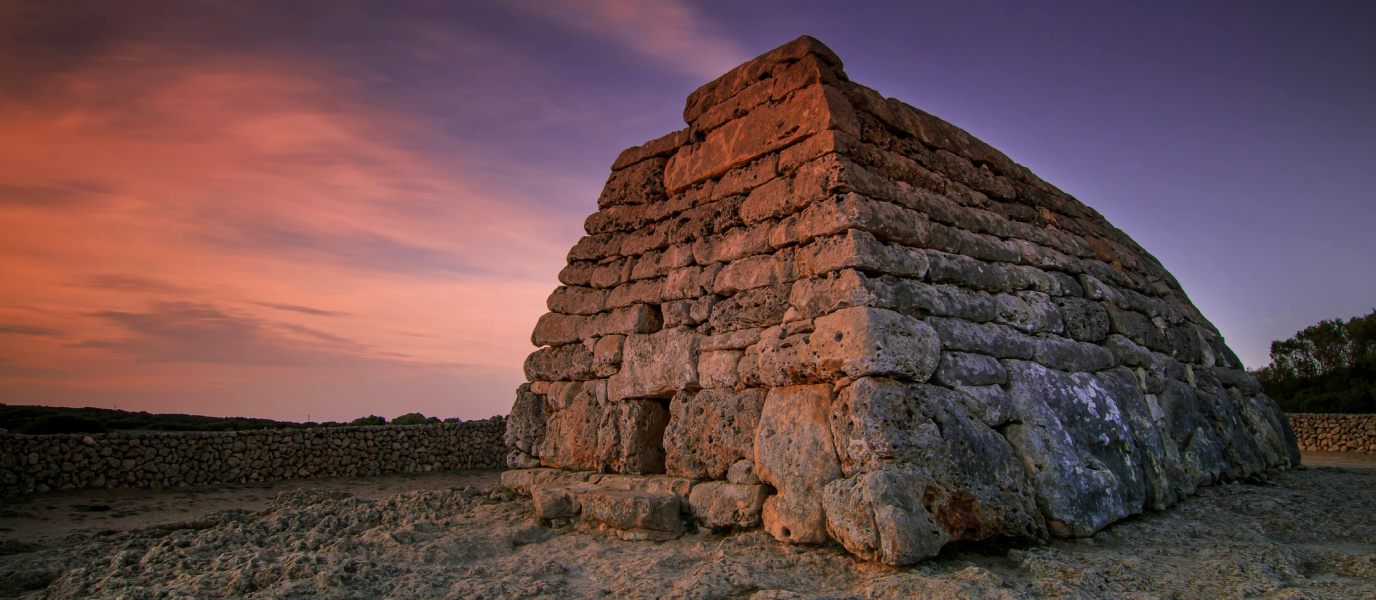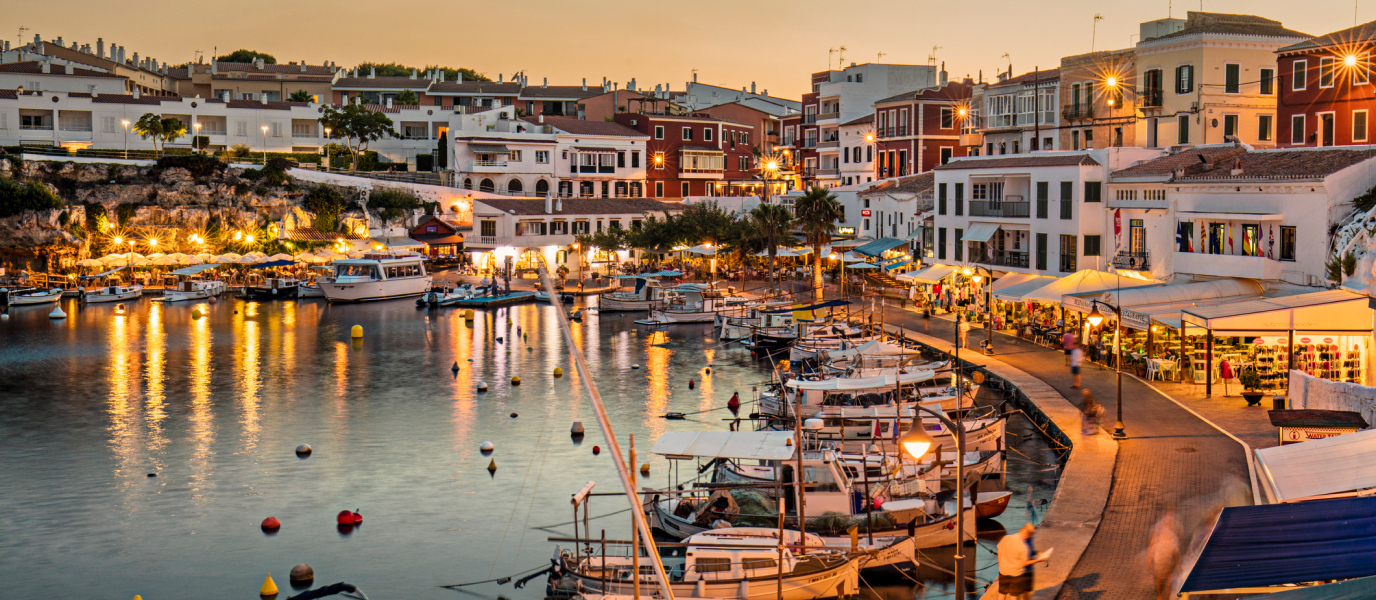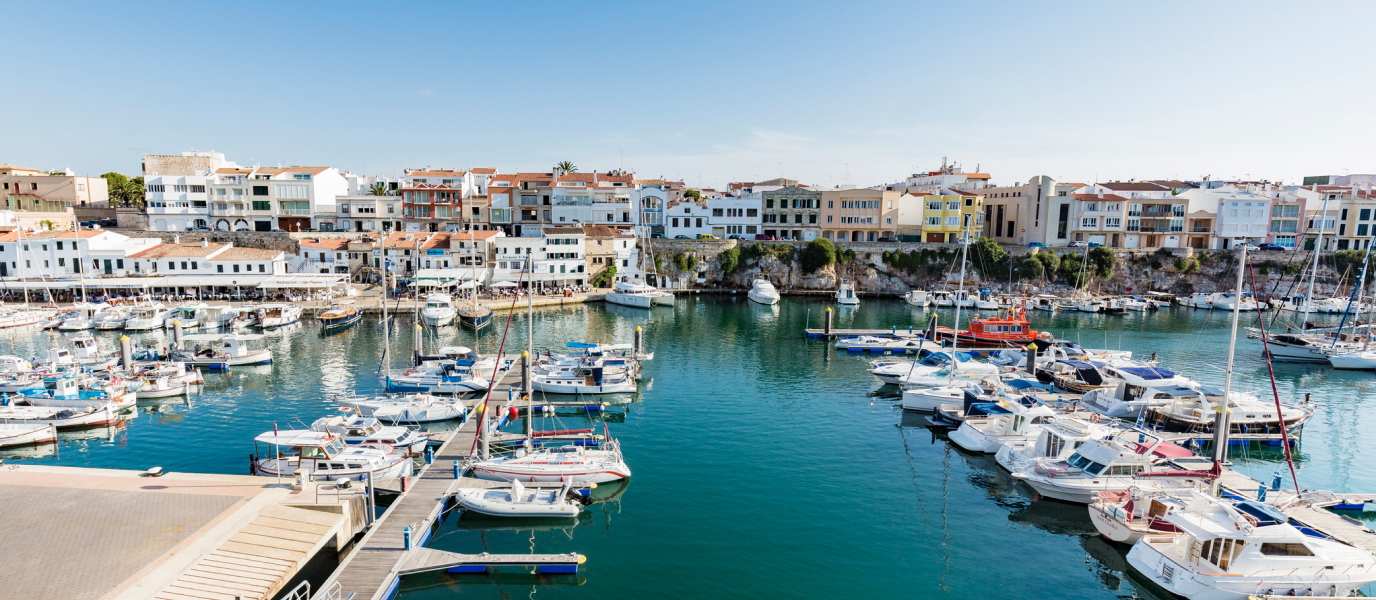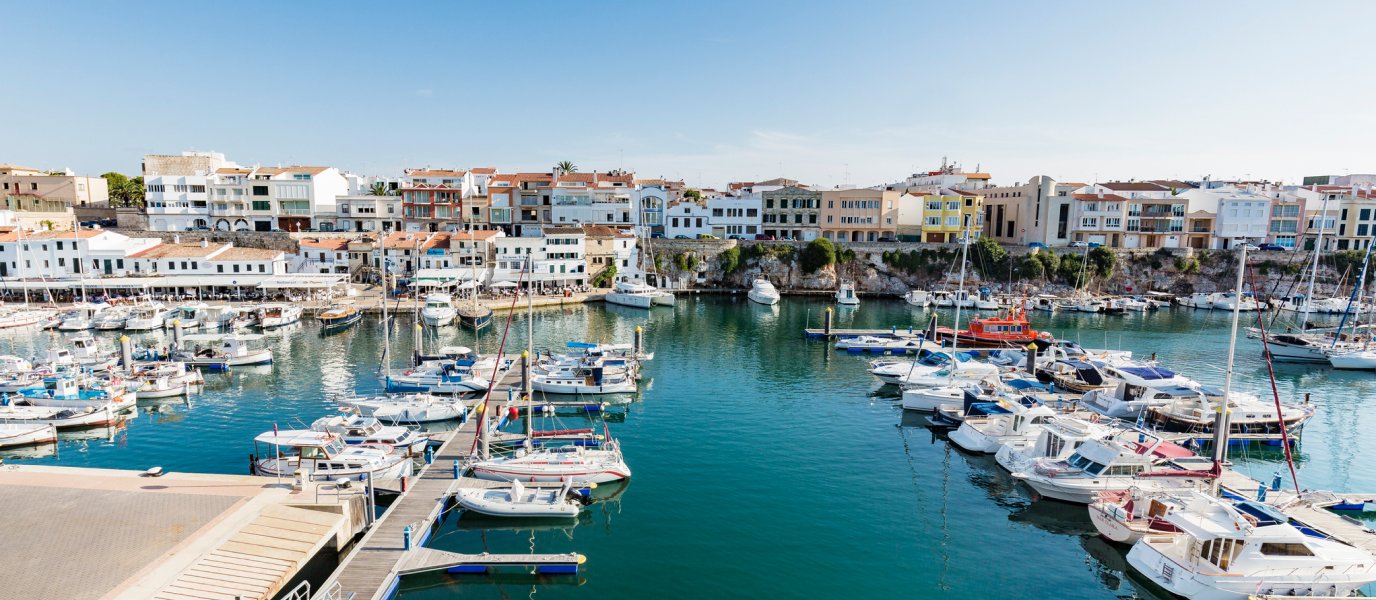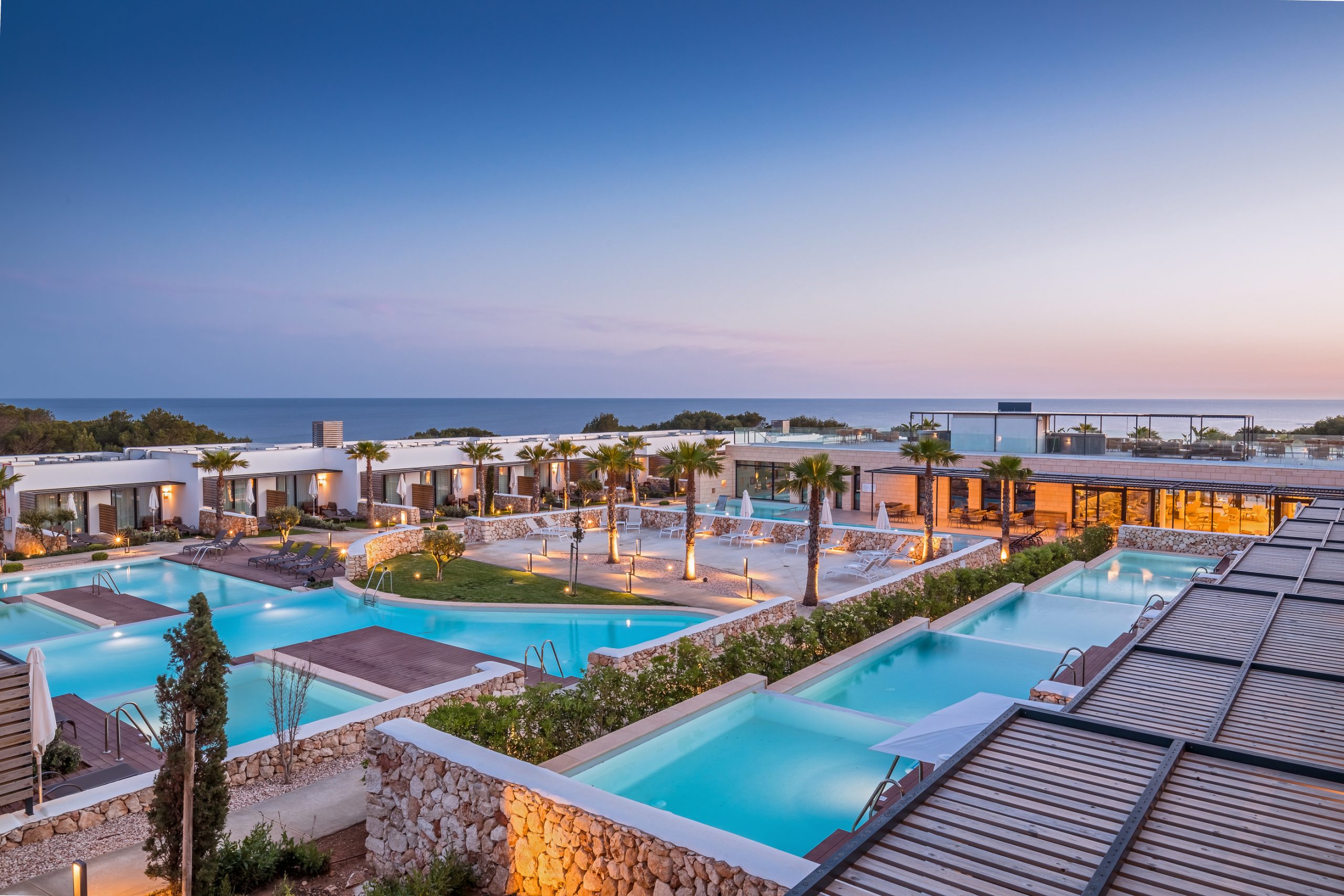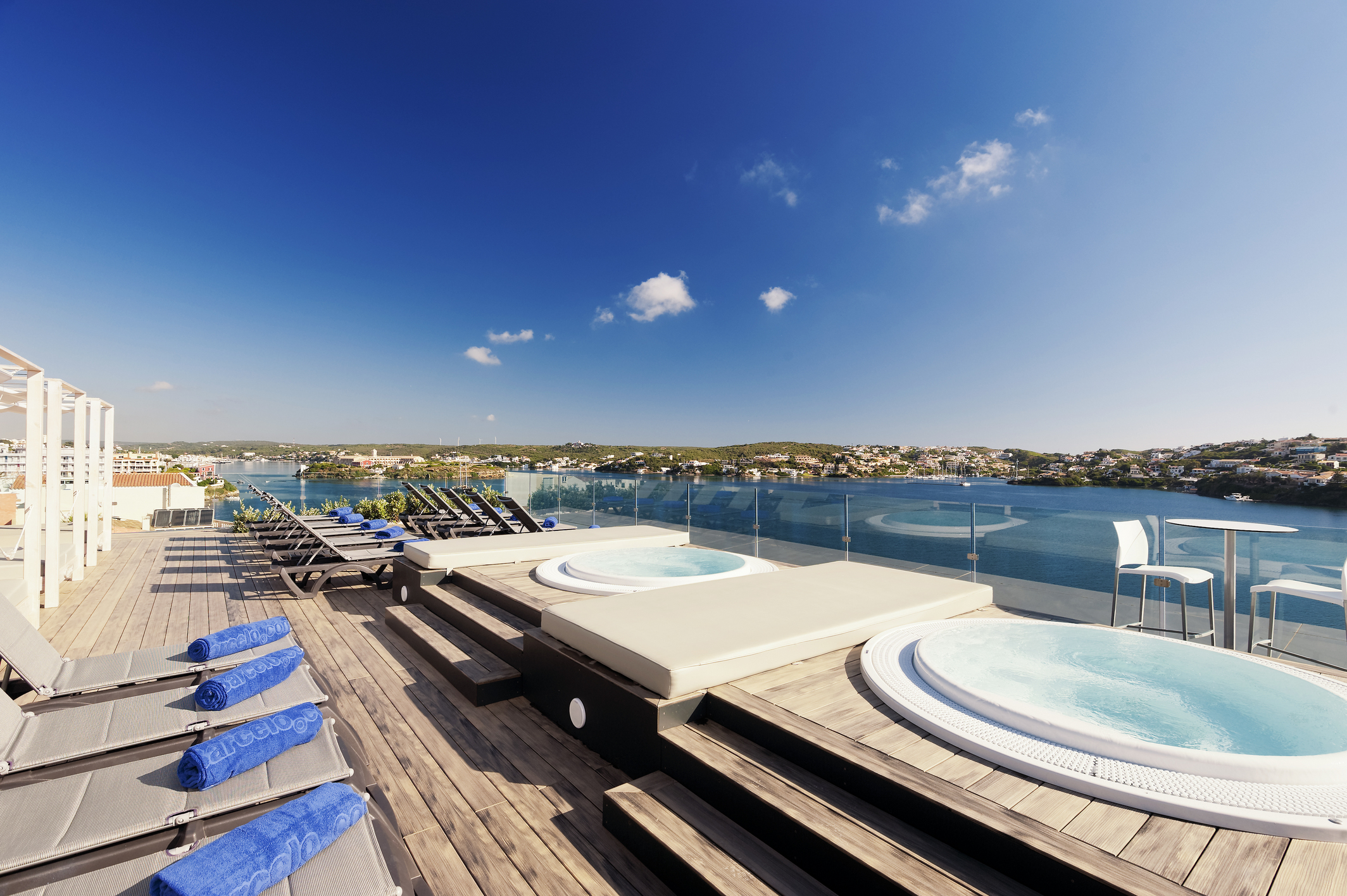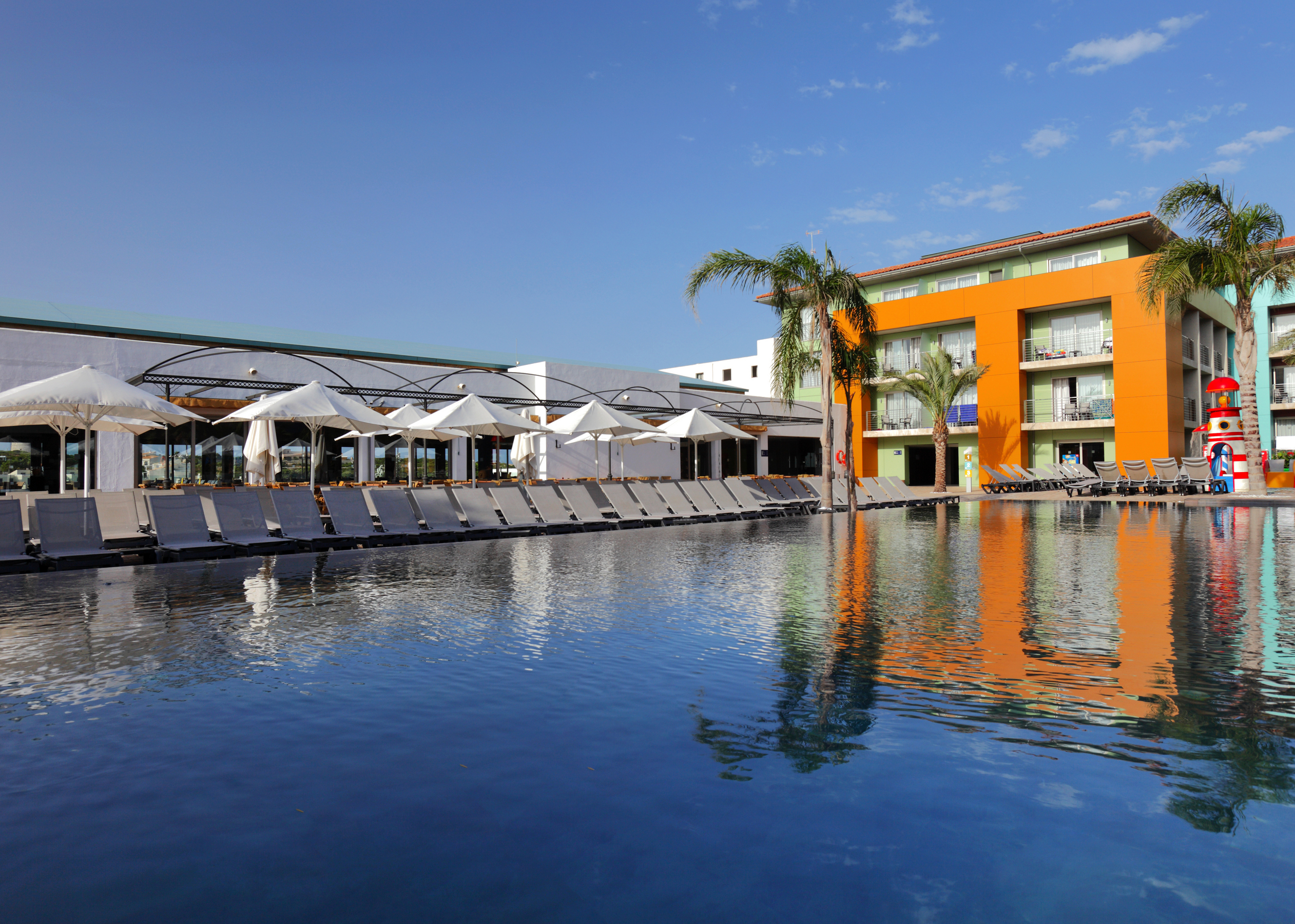Minorca has become a top tourist destination of the Balearic Islands. The idyllic white sand beaches with crystal-clear water are the main appeal. However, the island also has plenty of magic and history. Although Minorca’s Talayotic Culture is perhaps much less known, it is definitely worth delving into the hidden details, rumours and legends behind these monuments.
Minorca is an open-air museum that immerses us in its breeze and reveals the many caves, talayots and strongholds that protect every inch of this island. The Minorcan taula is a prehistoric monument that stands out for being the only one of its kind in the world.
Talayotic Culture and its legends
According to legend, these monuments were built by giants more than 2,000 years ago and were used for protection and as a way of life. However, the true origin and end of the Talayotic Culture remain relatively unknown. Some believe that it can be traced back to the Greeks, but in any case, one thing is clear: it takes you back to an era when livestock and agriculture were the main source of survival, and defending residents was the top concern. Archaeological ruins remain standing in Minorca in the form of villages and defensive walls.
Residents lived in towns with a talayot in the middle and huts built around it. Little is known about the language they spoke, other than it was of Indo-European origin.
Minorca’s Talayotic history inspires us to explore every inch of the island in search of information, meanings and accounts to piece together this unfinished puzzle.
Talayots, naveta tombs and archaeological ruins in Minorca
To discover all the magic that the Talayotic Culture of Minorca has to offer, be sure to visit its most important monuments.
Naveta des Tudons tomb
This is probably one of the most emblematic elements of Talayotic Culture in Minorca. The Naveta des Tudons is a perfectly preserved funerary structure.
Talatí de Dalt
This is one of the most beautiful spots on the island and consists of several monuments:
- The sanctuary and the taula stone monument. Built using stones that support each other, this sacred site was used by inhabitants to make offerings and sacrifices.
- The central talayot. According to legend, this was used for observation and surveillance to protect the village. It is located at the highest point, making it the best solution for safeguarding residents and livestock.
- Talayotic homes. The archaeological ruins of early homes can still be seen, revealing the foundation of a culture that is slowly gaining fame in Minorca. Since there is no public transportation to this Talayotic settlement, a private vehicle is needed.
Ciutadella Museum
The museums in Mahón and Ciutadella share monuments linked to the Talayotic Culture of Minorca. The importance of learning about the island’s extensive history, in addition to its incredible beaches, is becoming increasingly clear. With this in mind, Ciutadella Museum, which covers history and archaeology, delves into the city’s roots. The museum was originally housed on the ground floor of the city council, although it has since been relocated to the Bastió de Sa Font building, which has been catalogued as an Asset of Cultural Interest.
Talayot de Torelló
Not only is this the most spectacular talayot, it is also in excellent condition. The top of the tower has a doorway with a lintel leading to the circular chamber.
Cala Morell Necropolis
Located north of Ciutadella, Cala Morell is made up of 14 burial caves carved into the stone. This cemetery was used from the Pre-Talayotic era to the second century. It features indoor columns, windows, apses and front courtyards. The caves also have capades de moro, which are oval-shaped holes that may have been used to collect offerings or to house cremation urns. Admission to the necropolis is free.
Torre d’en Galmés
This is probably one of the largest and best preserved Talayotic settlements in the Balearic Islands. It has three talayots and a taula, as well as stunning Talayotic homes that are in excellent condition. When walking through this area, it is easy to picture ancient life by becoming immersed in the Talayotic culture and customs.
Navetas de Rafal Rubí
To further delve into the Talayotic Culture of Minorca, be sure to visit the Navetas de Rafal Rubí. These funerary elements and collective tombs are divided into several levels. The ceramic objects and bronze pendants were found during a recent archaeological dig and are of tremendous historical value.
The origin of these interesting funeral edifications can be traced back to the late Pre-Talayotic era and the beginning of the Talayotic Culture.
A future UNESCO World Heritage Site
In light of the good condition of the monuments, the history behind them, their fantastic location and the magical feel they give to the island, the Talayotic Culture of Minorca is a worthy candidate to become a UNESCO World Heritage Site.





























































